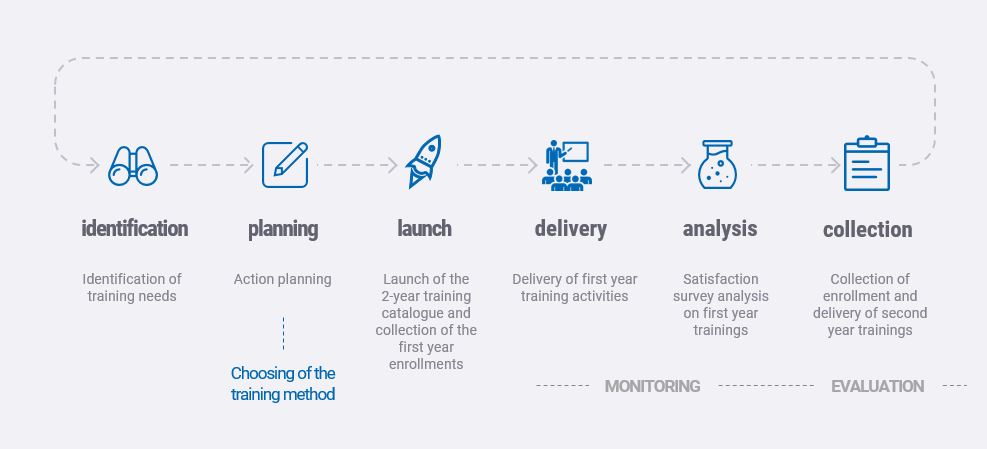
Measures of Development and Sustainability
Economic development refers to the process of improving living standards of an individual, region, nation, state, or community through a comprehensive plan of action. In the social economic study of public sector, social and economic development is the systematic process by which an individual, community, nation, state, or country improves as per specifically identified objectives and targets. The ultimate objective of development is to maximize the resources of individuals and communities, and to improve the quality of life through economic growth. Development planning is an essential element of any government policies since it deals with allocation of resources in the most efficient way. In short, it involves a careful study of priorities, practices, values, institutions, goals, choices, and potential barriers that may affect development.
There are two important points of view that have important impact on development. One of them is known as the human development perspective and the other is known as the sustainability development perspective. According to the human development perspective, ‘development’ means the creation of the skills, knowledge, and information of people necessary for their ability to survive and achieve at least their immediate surroundings. Human development also considers the ability of a community to undertake various activities, to attain specific goals, and to interact and develop with other groups. A community’s success in carrying out its human development activities therefore, is an indicator of its capacity to sustain itself and improve its conditions. On the other hand, sustainable development considers human development as an essential aspect of economic development, viewing economic growth as the primary indicator of overall human development.
The indicators used in measuring human development and sustainability refer to a variety of factors such as economic growth, health status, education, poverty, gender, life expectancy, longevity, migration, natural resources, innovation, environmental quality, and conflicts. The indicators used in measuring health status refer to prevalence and incidence of diseases, vital signs, mortality, life expectancy, morbidity rates, educational outcomes, and mortality rates. On the other hand, the indicators used in measuring the ability of a community to undertake various activities focus on the extent of community involvement in community-based initiatives, ability of the community to build institutions, quality of local health services and general quality of life. Finally, the indicators used in measuring development focus on living standards, access to resources, purchasing power, and innovation. By keeping all these aspects in mind, one can assess the human development or the sustainability of a community. This way, it is possible for governments and non-government organizations to develop programs that would measure community’s development or sustainability.